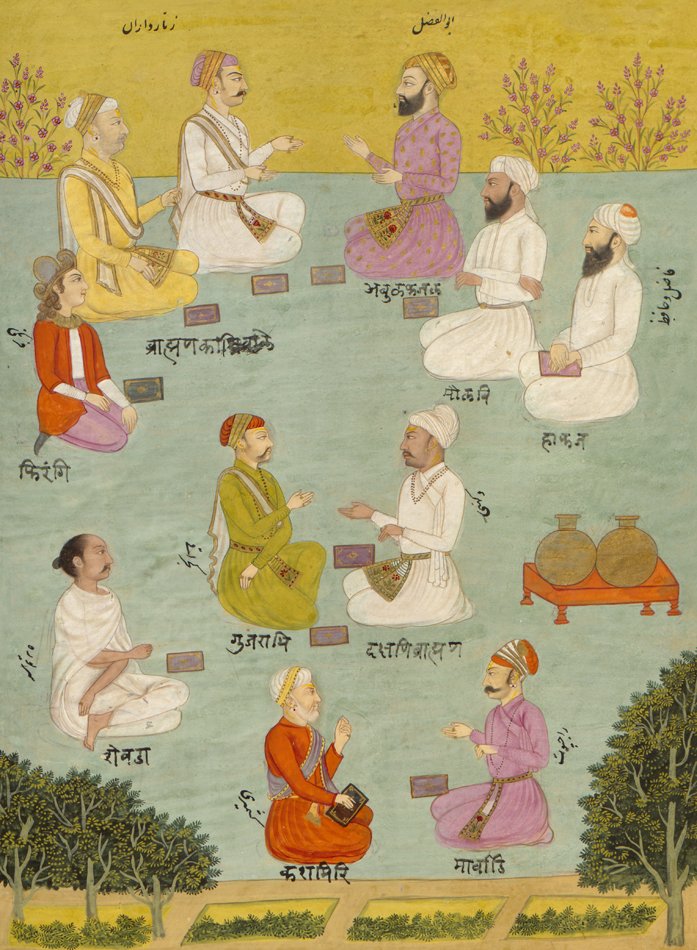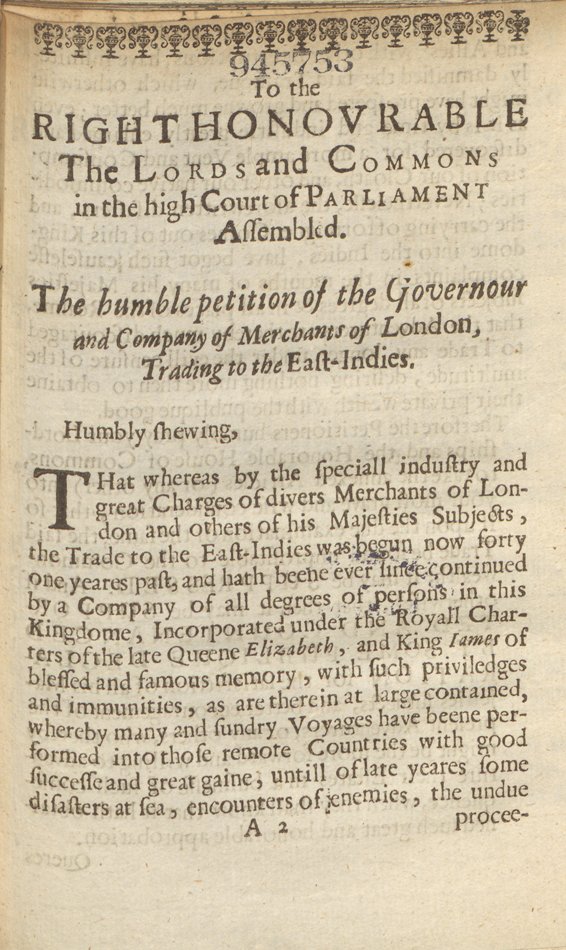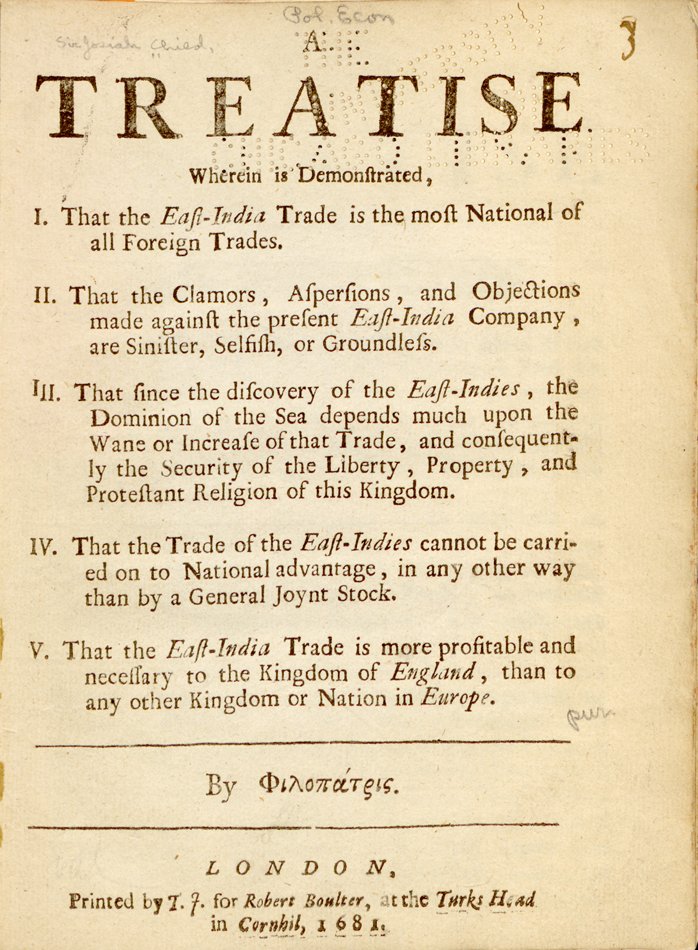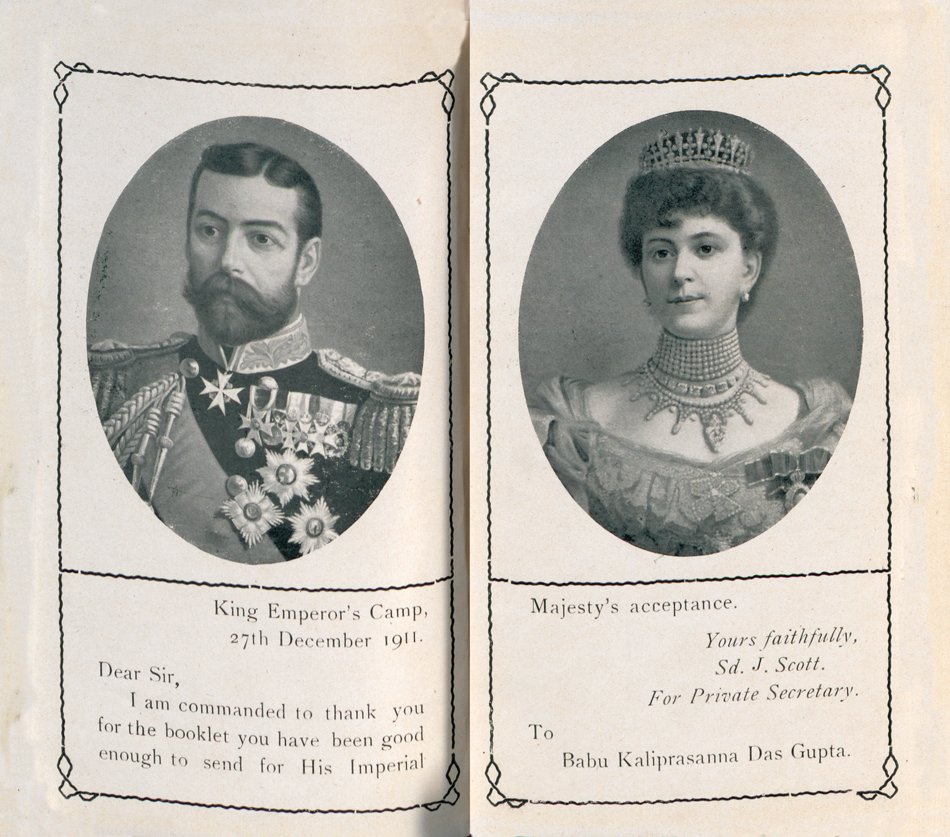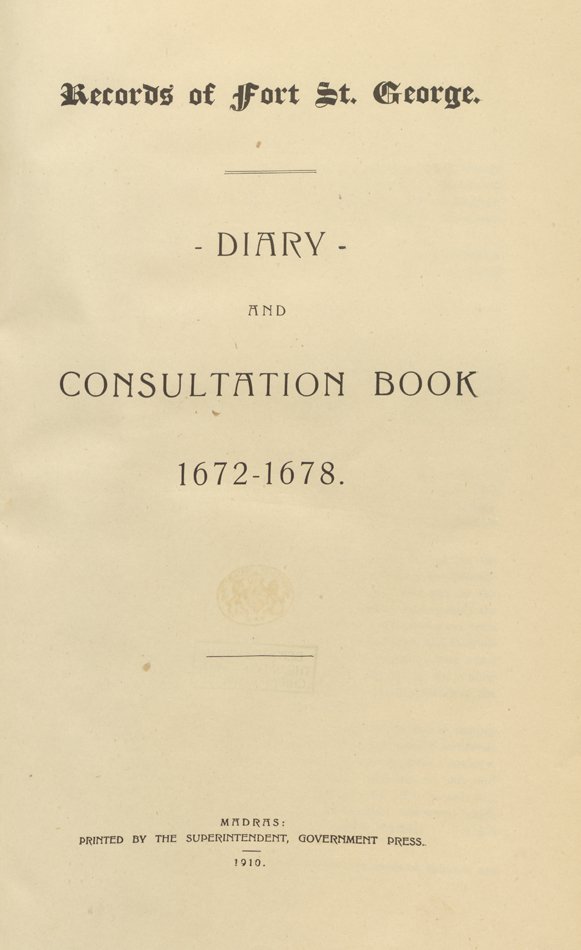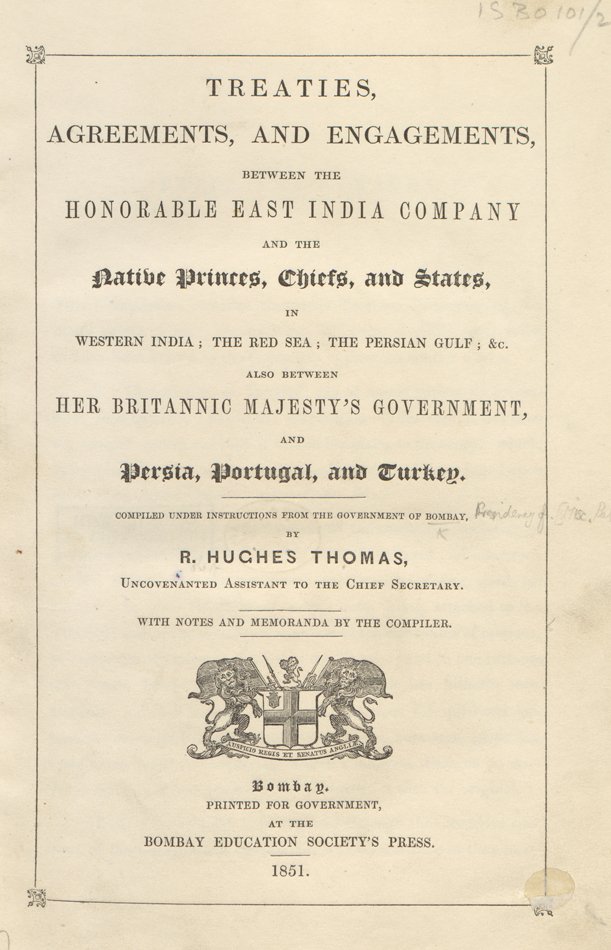The Imperial Gaze
The British first established their presence in South Asia in 1600, when the East India Company received a royal charter to pursue trade across the subcontinent. As its economic stakes in the region increased over the seventeenth and eighteenth centuries, the East India Company secured its operations through military force and territorial acquisition. Company rule was formalized across much of the subcontinent from 1757 onward and lasted for a century until 1858, when in the aftermath of the Indian Uprising of 1857 the British Crown assumed direct rule over India.
As trade gave way to governance, the nature of the British presence in South Asia changed. In addition to merchants, soldiers, and administrators, the presence of missionaries, scholars, and family members of Company employees altered the social landscape of South Asia. Bestowing European civilization on a society perceived as backward became an imperative of empire.
Due to this so-called civilizing mission, the imperial project was as much an intellectual and cultural phenomenon as it was political and economic. British innovations in the legal and revenue systems in South Asia were coupled with techniques of collecting and codifying information about imperial subjects that contributed to what Chicago scholar Bernard Cohn termed "the colonial project of control and command." Archaeology, photography, and linguistics were among the colonial forms of knowledge that held South Asia in a multifaceted imperial gaze and persisted until the middle of the twentieth century.
The colonial administrative records displayed in this case reflect the scope and scale of this information edifice, as gathering knowledge about South Asia and its people was refined into a technique of imperial control.
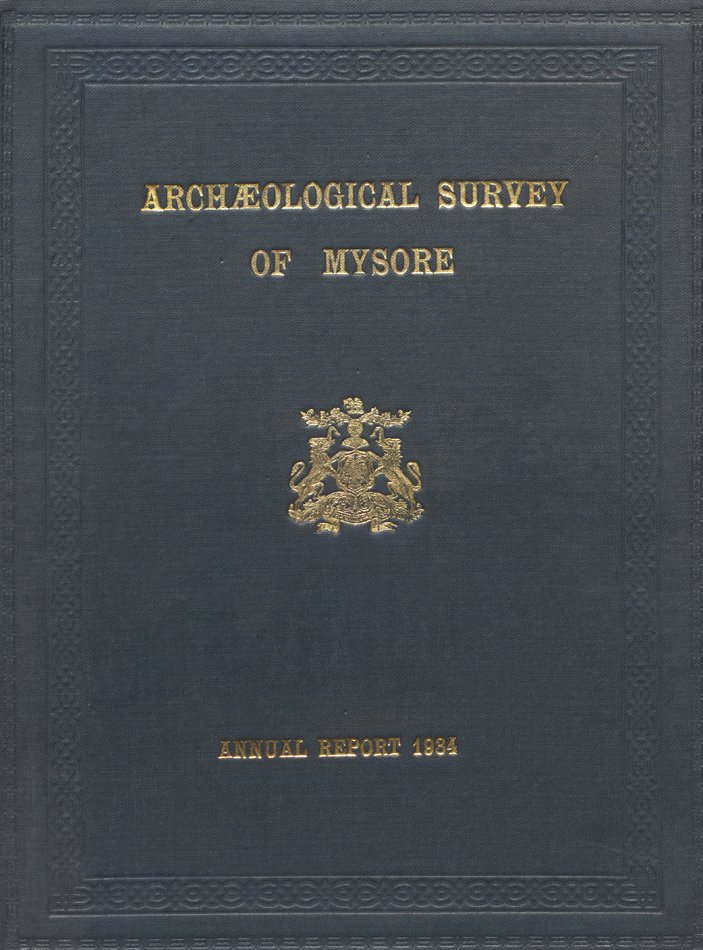
Bangalore: Superintendent at the Government Press, 1936
Regenstein Library, General Collections
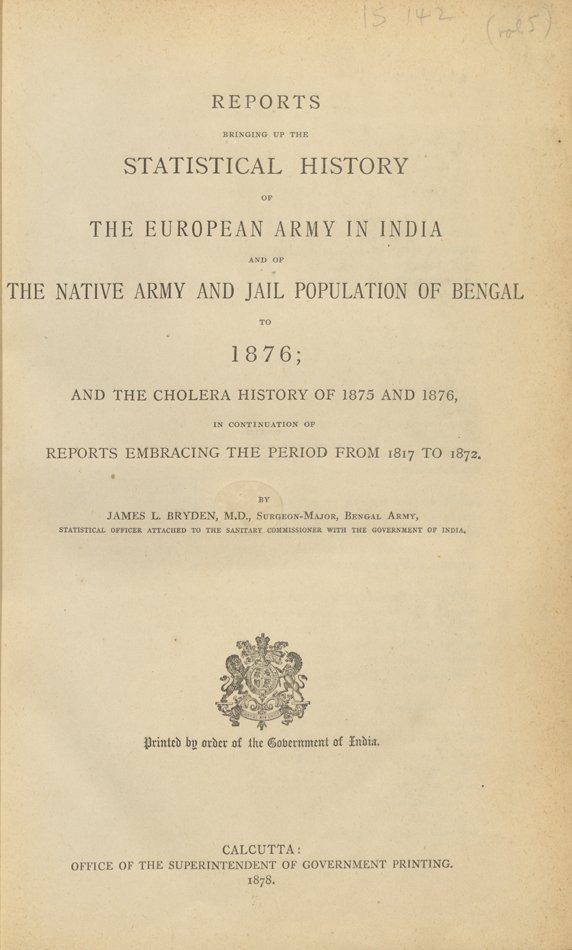
James L. Bryden, M.D.
Calcutta: Office of The Superintendent of Government Printing, 1878
Regenstein Library, General Collections
